2D-to-3D Evolutions
Top 10 Best 2D-to-3D Evolutions of All Time!
Anyone can tell you that change is hard. For proof, look no further than the video game industry’s transition from 2D to 3D. Developers were faced with all sorts of new challenges, and many early 3D games were marred by empty level designs, counter-intuitive gameplay, overly-simplistic polygon models, blurry textures, unbearable pop-up, and horrible camera controls. Given the scope of these problems, making a 3D game that lived up to a beloved 2D franchise seemed nearly impossible. Many companies tripped over their own feet in ill-advised attempts to make 3D games, and many franchises were dragged through the mud in the process. 3D versions of Castlevania and Mega Man simply couldn’t compare to their 2D counterparts. Other games, like Earthworm Jim 3D, were horrible enough to destroy the series altogether. The transition to 3D wasn’t all bad though, and this lists recognizes the handful of games that got it right.
10
Wave Race 64
1996
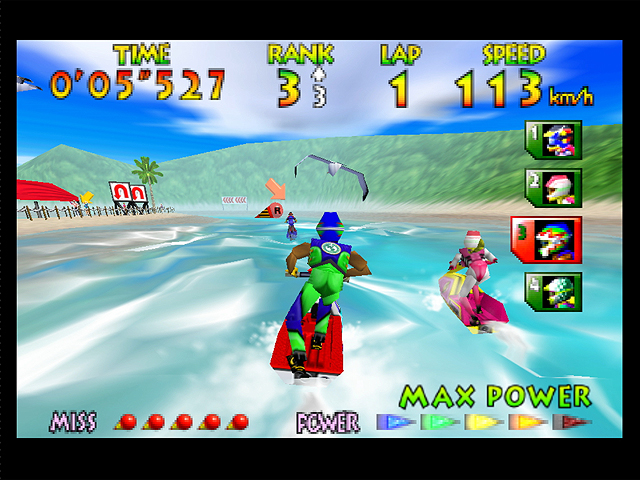
This may seem like a strange selection since most people don’t realize that the Game Boy version of Wave Race even existed in the first place. Admittedly, the N64 version of the game was significantly different than the original, and one might argue that it can’t really be considered a sequel at all. For these reasons, Wave Race 64 is stuck on the bottom of this list. Still, it deserves to be mentioned because of its amazing water effects. Not only did the water look incredible, but it actually affected how the game was played. Wave Race 64 was one of the first console games to effectively illustrate that 3D gaming didn’t just mean pretty graphics and dramatic camera angles. Rather, 3D gaming also meant advanced physics that simply wouldn’t be possible in two dimensions. The water effects in Wave Race 64 were several years ahead of their time, and the game still holds up to this day.
9
Final Fantasy VII
1997
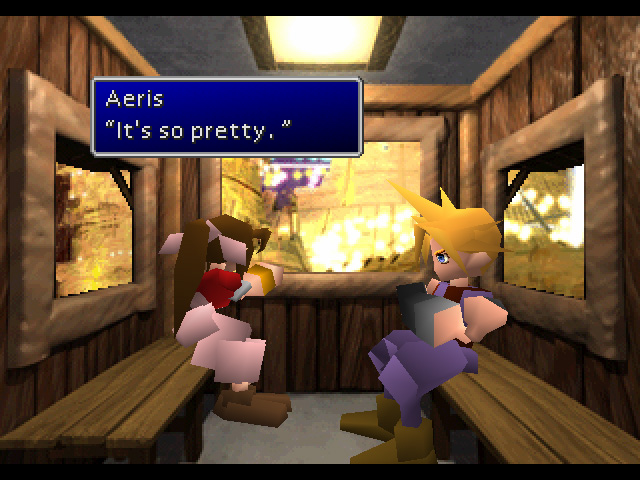
Final Fantasy VII is often cited as the greatest RPG ever made and it was the first RPG that many people ever played. Rest assured, there is a reason why the game was able to attract so many gamers to the genre. Final Fantasy had always been a character-driven series with heavy emphasis on story. After the series made the jump to 3D, it became much easier to market these storyline elements. Being a fan of the Final Fantasy series was not a prerequisite to appreciating the cinematic battles. You certainly didn’t need to be a fan of the genre to appreciate the awe-inspiring full motion video scenes that seamlessly blended into the pre-rendered backdrops. Final Fantasy VII‘s visuals seem pretty archaic by today’s standards and, in all honesty, the graphics haven’t held up as well as some the later 16-Bit era games have. Still, the game dropped many-a-jaw back in 1997 and the visuals were pioneering in many ways. One could argue that the game’s success was more the result of the CD media than the 3D jump itself, but there is no doubt that the 3D visuals attracted gamers in droves. To this day, Final Fantasy VII stands as the most successful entry in the series.
8
Ninja Gaiden
2004
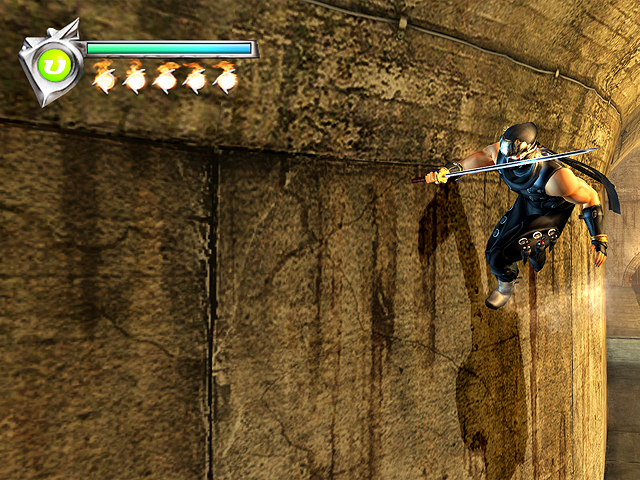
For a while it seemed as though the Ninja Gaiden series was destined to become one of those classic 8-Bit franchises that was left in the past. After gamers waited patiently for over a decade, Tecmo finally revived Ninja Gaiden on the Xbox. The game had a lot to live up to, especially since people tend to view the past through rose-tinted glasses. Still, Tecmo managed to capture nearly everything that made the original 2D games awesome and successfully carried these elements over to the new 3D version. Cool ninja powers, including the ability to cling to walls? Check. An overly-contrived storyline? Check. Incredible graphics? Check. A killer soundtrack? Check. Ridiculously challenging gameplay? Check. Orange ninja clones? Well, five out of six ain’t bad. The Ninja Gaiden reboot has already been re-released multiple times since its initial release in 2004 and has received numerous sequels. To put it another way, the 3D version of Ninja Gaiden effectively re-launched an entire franchise.
7
Fallout 3
2008
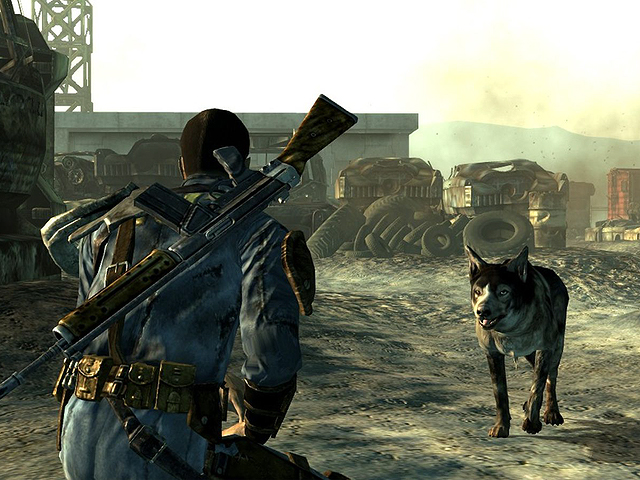
Although more than a decade separated Fallout 3 from its immediate predecessor, the game also featured a decade’s worth of improvements. Fallout 3 makes use of the same game engine that was used for Oblivion, but stays true to the first two Fallout titles with respect to its setting, open-ended gameplay, and ironic sense of humor. Like the earlier games in the series, Fallout 3 draws inspiration from 1950s science fiction and employs a retro-futuristic setting. While Fallout 3 maintained many of the basic RPG elements that the series was known for, it also incorporated elements from first-person shooters and survival horror games. The vast 3D environments help to accentuate the “sandbox” gameplay, and the post-apocalyptic setting simply wouldn’t have been as effective if the game had been limited to two dimensions. The isometric vantage point used by earlier Fallout games simply wasn’t as effective in conveying how vast and open-ended the game’s world was. Some die hard fans may scoff at the radical change in direction, but the world of Fallout had never been more fully realized than it was in Fallout 3.
6
Prince of Persia: The Sands of Time
2003
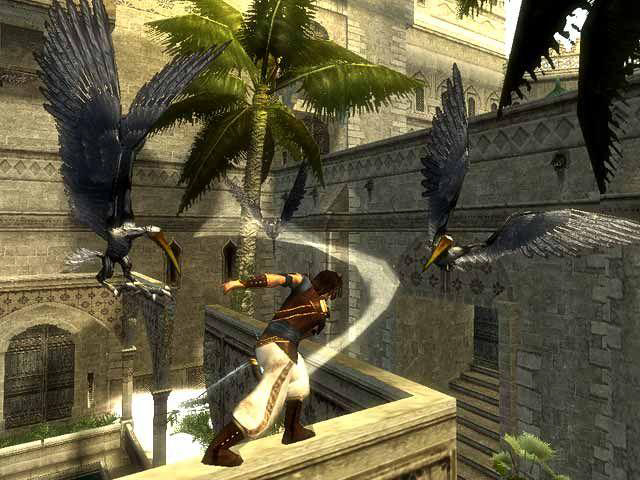
The original Prince of Persia was seen as a giant leap forward for video game animation. By utilizing a process called rotoscoping, the developers were able to create life-like motion that was not typically seen in games. Like the original Prince of Persia, The Sands of Time was known for its graceful animation. Unlike the original, The Sands of Time also featured smooth and responsive gameplay. Often times when a game makes a transition from 2D to 3D, the game feels awkward or clumsy. The Sands of Time is one of those rare games that feels considerably less cumbersome than its 2D predecessors. With its elegant combat system and graceful acrobatic maneuvers, The Sands of Time easily ranks among the most refined 3D adventure games of its day. Also, the incredible 3D visuals make for much more atmospheric and immersive settings than those seen in the original games. A previous attempt had been made to move the series to the third dimension with 1999’s aptly-named Prince of Persia 3D, but the game was quickly forgotten. The Sands of Time finally got it right. Not only did it live up to its name, but it actually brought the series to new heights.
Prince of Persia: The Sands of Time
5
Metal Gear Solid
1998
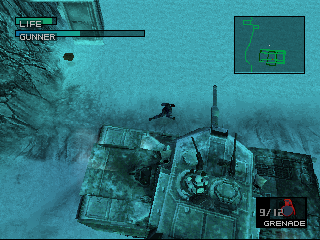
Perhaps the reason why Metal Gear Solid works so well as a 3D game is because it basically plays exactly like its 2D predecessors did. Since most of the game is played from an overhead perspective, basic elements from the MSX and NES classics were carried over without a hitch. Metal Gear Solid could basically work as a 2D game, and the Game Boy Color version effectively illustrates this point. Even though the initial jump to 3D didn’t have a major affect on the game mechanics, it was still a significant leap forward for the franchise. By and large, the 3D aspects of Metal Gear Solid were used for cinematic purposes. Dramatic camera angles and brilliant cut scenes contributed tremendously to the game’s atmosphere and storyline – which have always been crucial to the popularity of the series. Without the dynamic 3D visuals and Hollywood-level production values, Metal Gear Solid would never have reached the heights it did.
4
Metroid Prime
2002
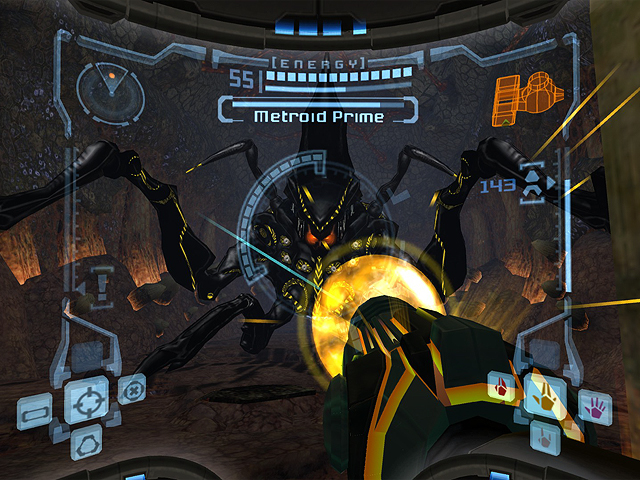
While other Nintendo franchises like Mario and Zelda were breaking new ground on the Nintendo 64, the Metroid series skipped an entire generation. When a new Metroid game was finally announced for the GameCube, many expressed concerns that the first-person shooter genre wouldn’t be able to capture the overall feel of the franchise. Somehow, Retro Studios managed to exceed nearly everyone’s expectations. Great care was taken to make sure Metroid Prime would stay true to its roots despite its new first-person perspective. A creative lock-on mechanic assisted players with aiming and made it more natural to move around while fighting enemies. A lot of consideration was also given to the platforming mechanics, and the camera would automatically pan down with each jump so that players could see where they were going to land without having to wrestle with the camera. The expansive world was effective in creating a sense of isolation, but since the game was filled with distinct landmarks and memorable layouts players were never completely lost or without direction. Retro approached the game with so much creativity that they essentially created an entirely new genre. Metroid Prime was not merely a first-person shooter. Rather, it was a first-person adventure game. More importantly, it was a game worthy of the Metroid name.
3
The Legend of Zelda: Ocarina of Time
1998
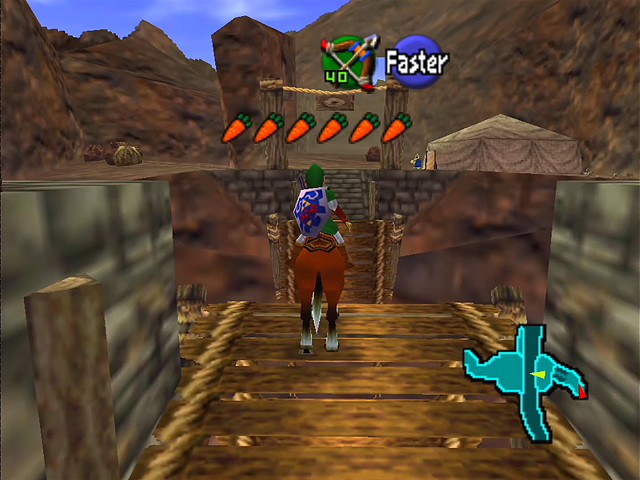
No other game in history has managed to feel so new and so familiar at the same time. The Legend of Zelda‘s transition into the third dimension was unbelievably smooth and Nintendo managed to deliver a game that felt like a natural extension of its 2D predecessors. With a massive world to discover, puzzle-filled labyrinths to explore, and a plethora of items to acquire, Ocarina of Time retained the “feel” of the 2D games. At the same time, innovative concepts like auto-jumping and Z-targeting allowed Ocarina of Time to avoid many of the pitfalls that were often associated with 3D games. The expansive worlds of Ocarina were a perfect fit for the exploration-based gameplay that the series was known for, and the 3D visuals allowed for an even more immersive gameplay experience than Zelda fans were used to. As brilliant as Super Mario 64 was, Nintendo outdid themselves with Ocarina of Time. Many still consider Ocarina to be the single greatest game ever created, and it’s easy to understand why.
2
Super Mario 64
1996
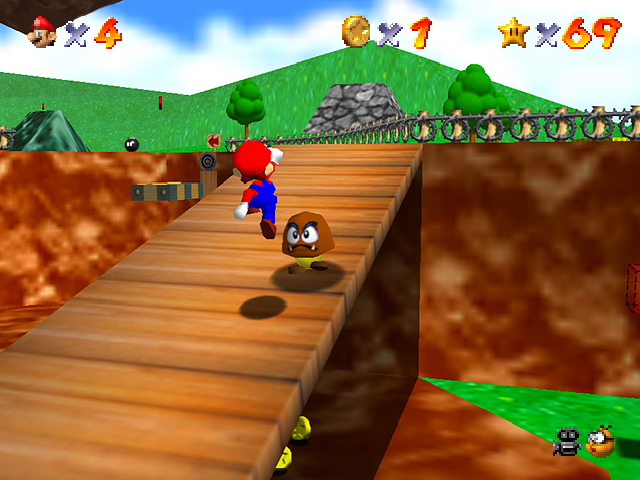
Super Mario 64 was the single most important game of its generation and acted as a blueprint for how 3D games should be designed. It launched the Nintendo 64 and instantly validated Nintendo’s analog thumb stick. Seemingly over night, analog controls became the industry standard as Sony and Sega quickly followed the Big N’s lead. Much like Super Mario Bros. before it, Super Mario 64 was a revolutionary game that inspired countless imitations that never could live up to the original. While Super Mario 64 wasn’t the first 3D game ever created, Mario moving into the third dimension signaled that the entire industry was moving in that direction as well. The game not only showed that traditional gameplay elements could be carried over to the third dimension, but also that many of these same elements could actually be expanded upon.
1
Grand Theft Auto III
2001
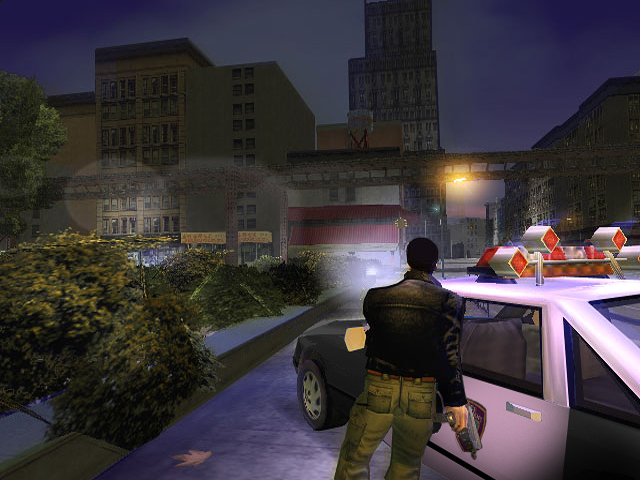
The first two Grand Theft Auto games boasted many creative gameplay mechanics. Players would assume the role of a criminal in the games and were given various missions to complete. However, they were basically free to do whatever they wanted. They could cause destruction on the city streets, steal and sell cars for profit, or rob banks. The concept itself was solid, but the overhead perspective was somewhat limiting. As a result, the first two games in the series felt lacking and disappointing in many respects. More than any other game on this list, Grand Theft Auto needed to make the jump to 3D to realize its potential. The open-ended “sandbox” gameplay worked so much better in three dimensions and threw so many more variables into the mix. Unlike its predecessors, Grand Theft Auto III received extremely positive reviews and quickly rose to the top of the sales charts. In making the move from 2D, the Grand Theft Auto series instilled a level of freedom and detail that was basically unprecedented. Grand Theft Auto III was one of the most important games of its era, and its “sandbox” elements revolutionized the way all games are made. As novel as the first two games were, I don’t think anyone could have predicted that the series would become one of the most powerful video game franchises of all time.

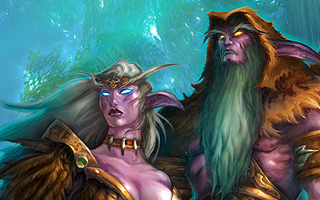

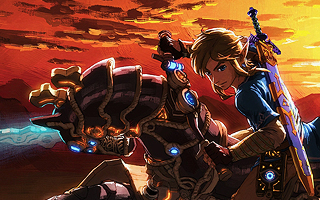

Do you agree with this list? Let us know what you think by leaving a comment below. Your opinion matters!